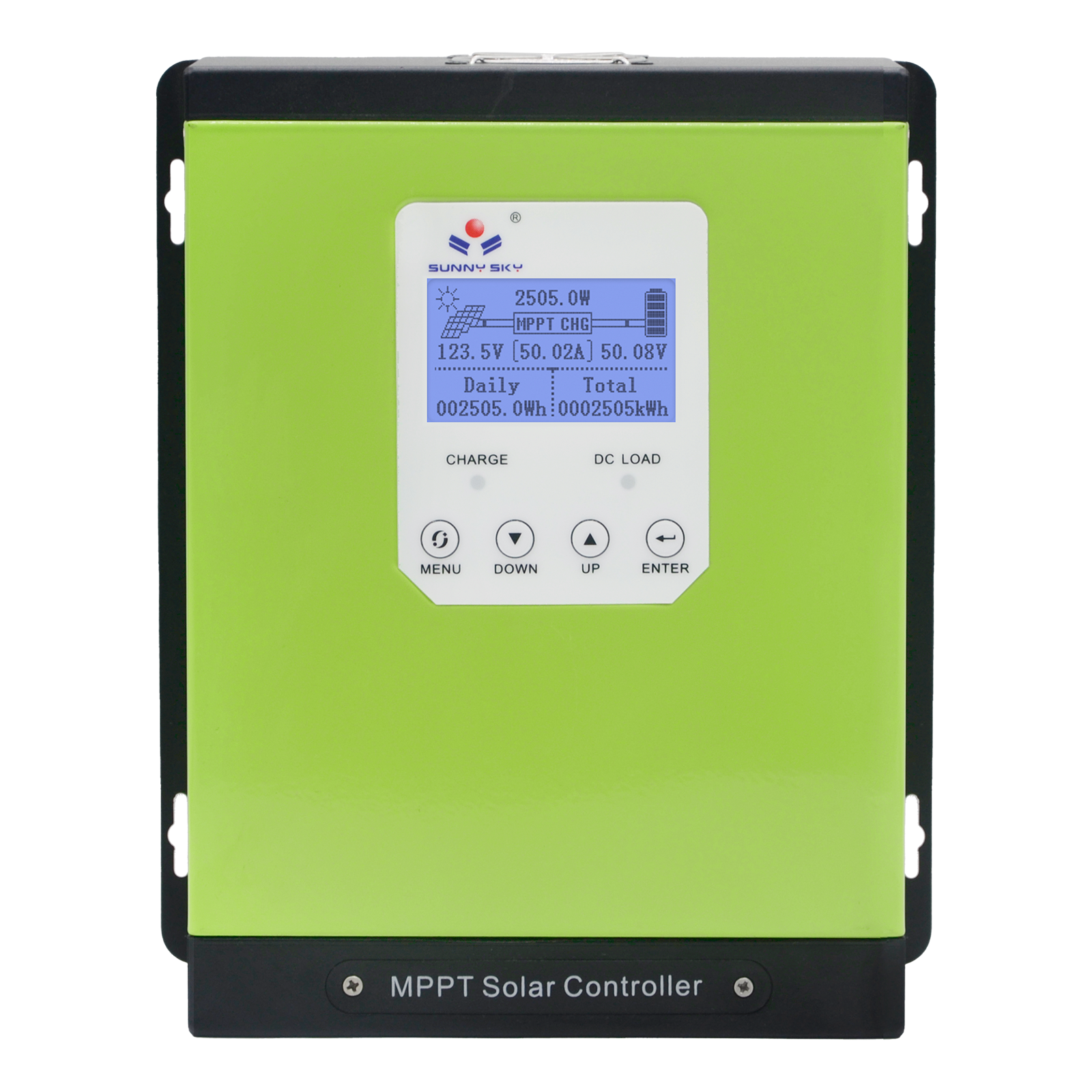A Practical Guide to Your 15KWH Home Energy Storage System
Investing in a 15KWH home energy storage system is a significant step towards energy independence, lower electricity bills, and a more sustainable lifestyle. These powerful units, often paired with solar panels, allow you to capture and store clean energy for use whenever you need it, day or night. This guide will walk you through understanding, setting up, and maximizing your all-in-one home energy system, turning your home into a self-sufficient power hub. By integrating advanced solar energy storage solutions, you gain control over your power consumption and ensure a reliable energy supply during grid outages.
What's Inside Your All-in-One Home Energy System?
Modern home battery systems are sophisticated pieces of technology designed for seamless integration. A typical setup includes several key components working in harmony. The brain of the operation is often a powerful 10KW solar inverter, which is responsible for converting the direct current (DC) electricity generated by your solar panels into alternating current (AC) that your home appliances can use. At the core of the storage itself are the batteries. High-quality systems utilize advanced LiFePO4 batteries (Lithium Iron Phosphate), renowned for their long lifespan, superior safety profile, and thermal stability compared to other lithium-ion chemistries. The beauty of an all-in-one home energy system is that these components are housed within a single, sleek unit, simplifying installation and saving space.
Customizing Your Power with Stacked Energy Storage Batteries
One of the most innovative features of modern energy storage is modularity. Systems featuring stacked energy storage batteries offer incredible flexibility, allowing you to tailor your power capacity to your specific needs. You can start with a base unit, such as a 15kWh lithium battery, which is ample for many households. As your energy demands grow—perhaps you purchase an electric vehicle or add an extension to your home—you can easily add more battery modules to the stack. This scalability ensures your investment is future-proof. Many designs, like the Pinergy system, are not only functional but also aesthetically pleasing, with clean lines and even features like wheels for easy repositioning within your garage or utility space, blending seamlessly into the modern home.
Setting Up Your Solar Power Battery Storage
While the concept is straightforward, the installation of a solar power battery storage system requires professional expertise. First, you and your installer will choose an optimal location that is sheltered, well-ventilated, and accessible. Once installed, a certified electrician will safely connect the unit to your home's main electrical panel and your solar panel array. After the physical installation, the system is configured. Advanced units come with intuitive digital displays that provide real-time data on charge levels, power consumption, and system health. During setup, you can program the system to operate in different modes, such as prioritizing self-consumption of solar power, optimizing for time-of-use utility rates, or maximizing backup power for grid failures.
Making the Most of Your Renewable Energy Storage
Once your system is operational, you can actively manage your energy to maximize savings and efficiency. Use the system's monitoring interface to understand your daily energy patterns—when you produce the most solar power and when you consume the most electricity. To optimize your renewable energy storage, try shifting the use of high-consumption appliances like washing machines and dishwashers to the middle of the day when solar generation is at its peak. This ensures you are using free, clean energy directly from the sun. For those on time-of-use billing, you can charge your batteries with solar or cheap off-peak grid power and discharge them during expensive peak hours, significantly reducing your electricity bills and making your energy usage smarter and more economical.


